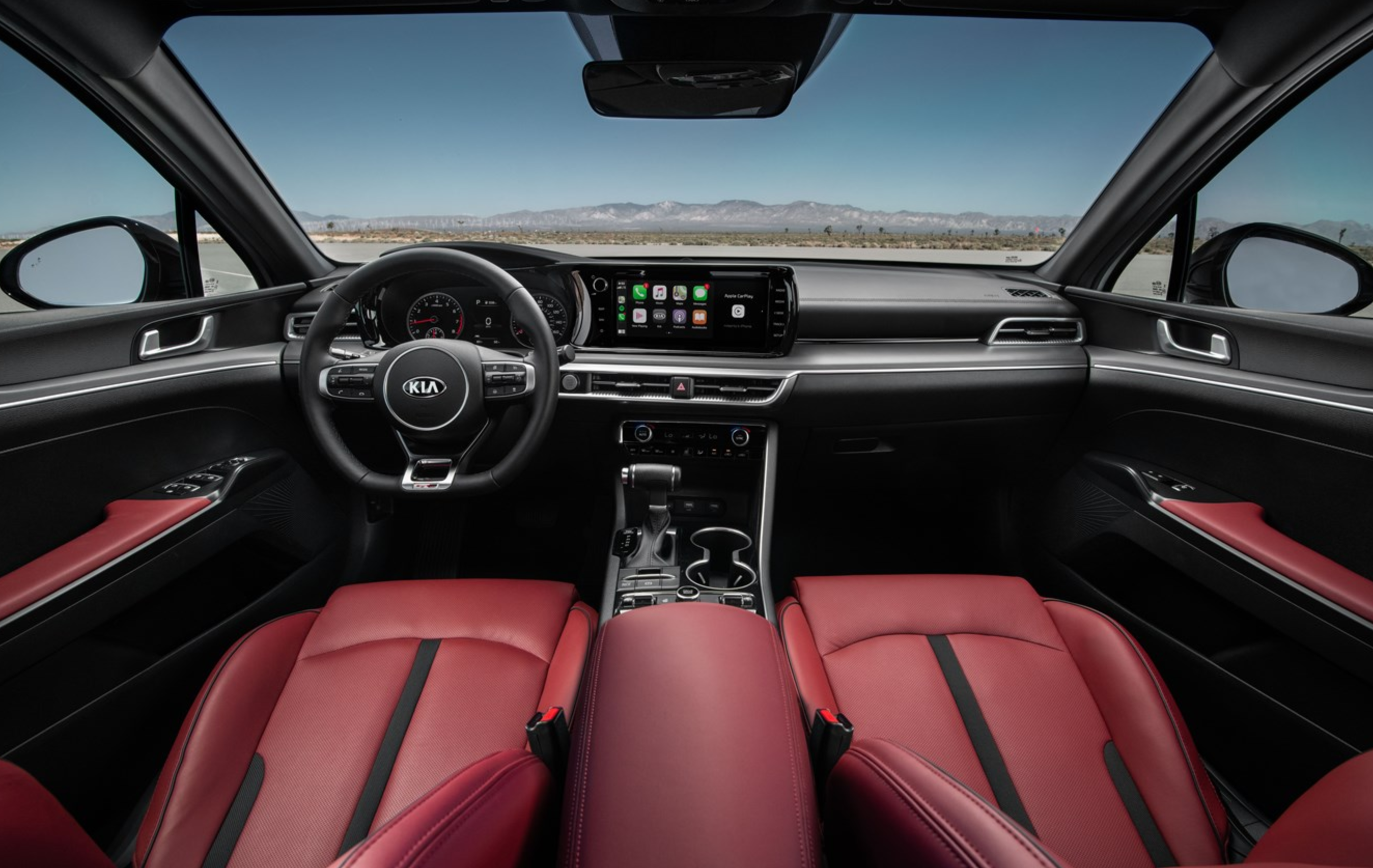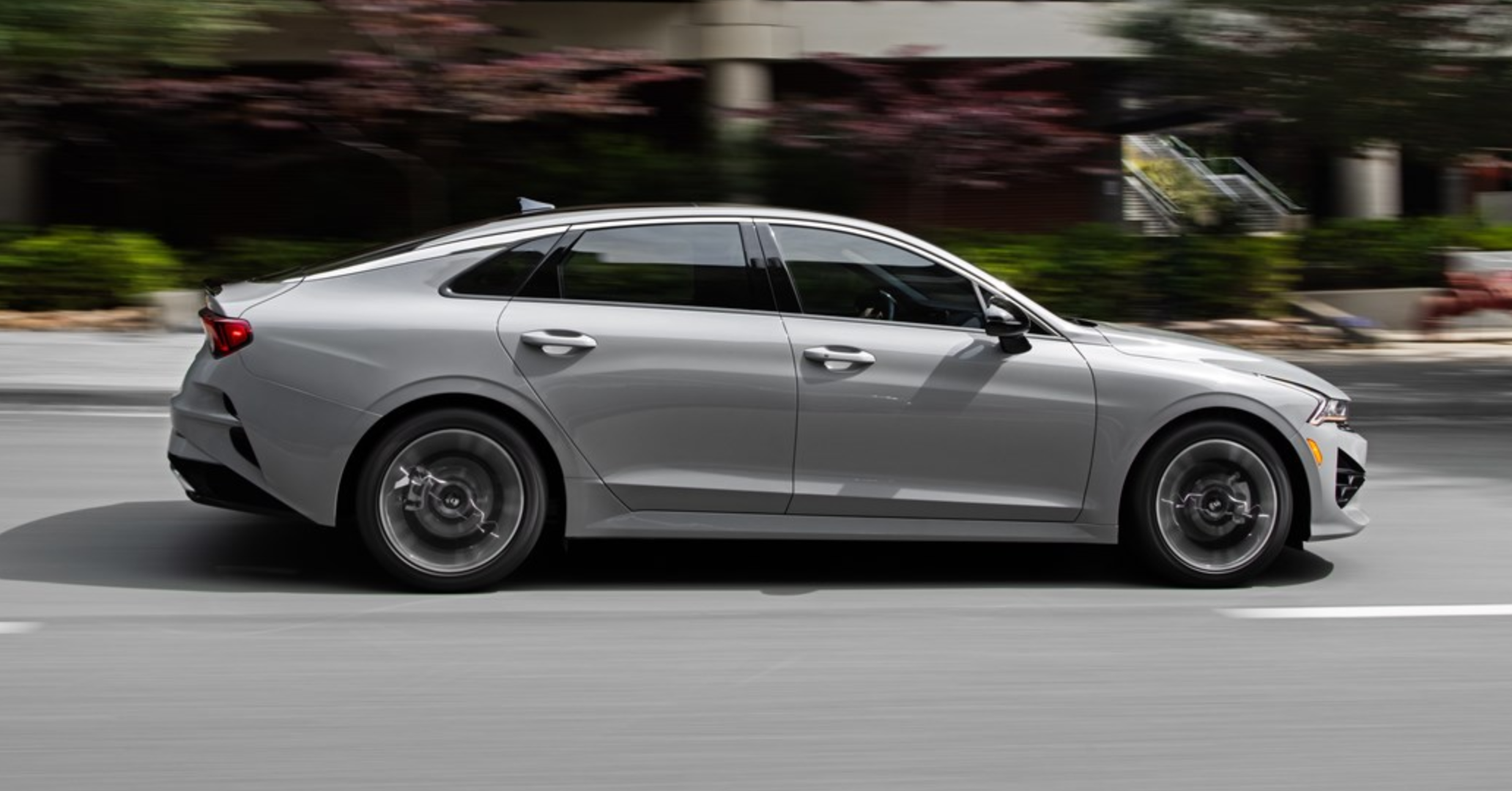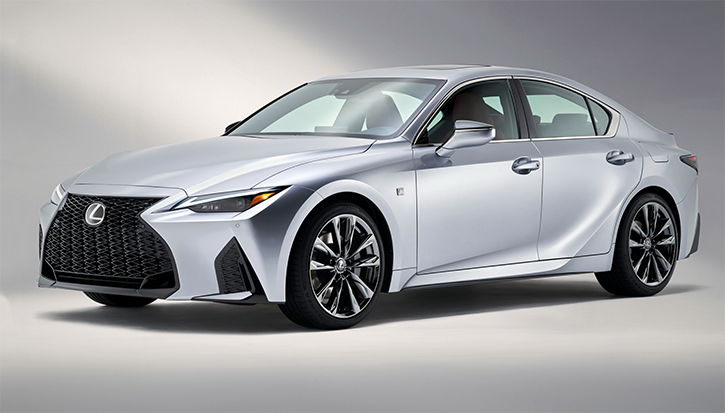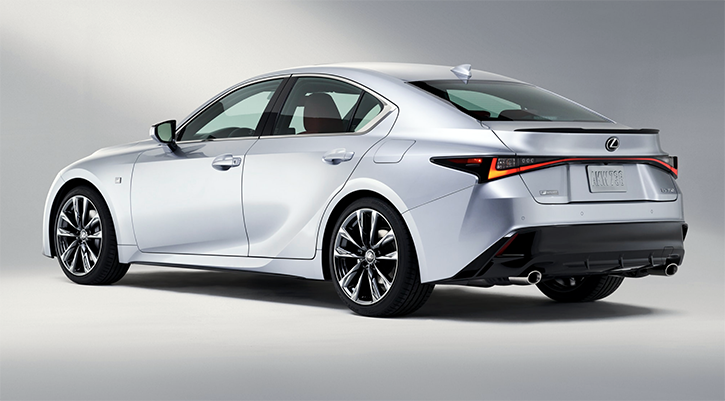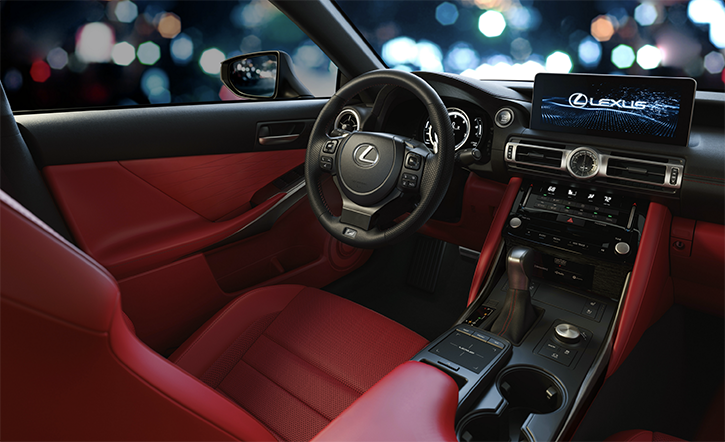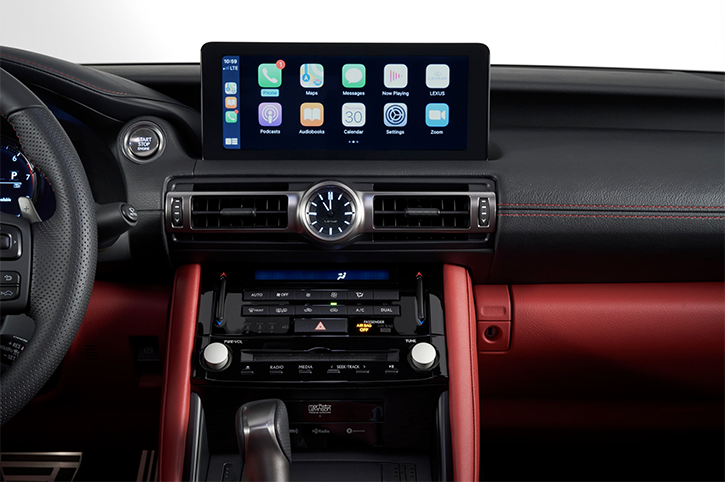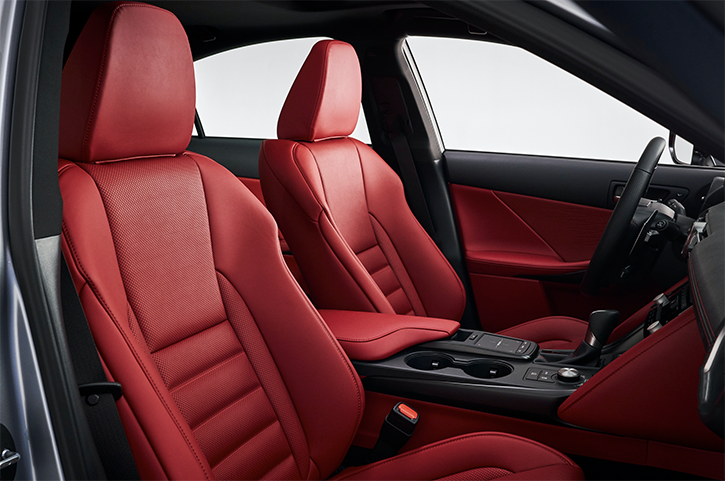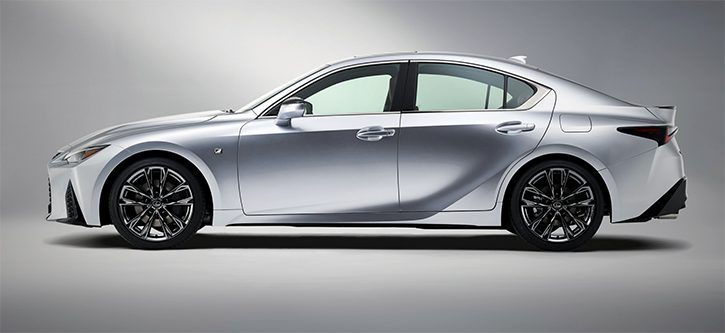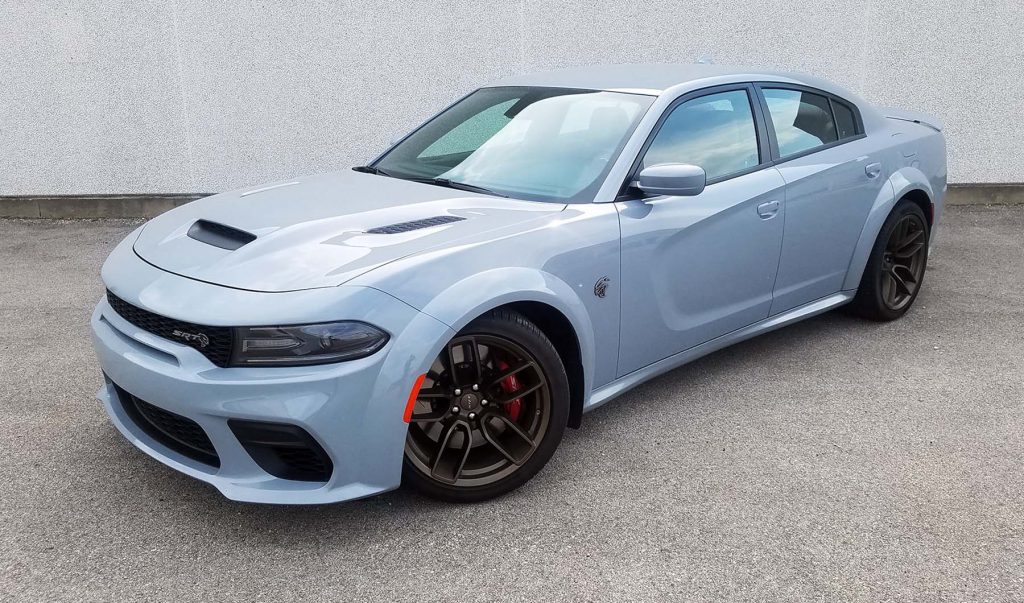
2021 Dodge Charger SRT Hellcat Redeye in “Smoke Show” gray
2021 Dodge Charger SRT Hellcat Redeye Widebody
Class: Large Car
Miles Driven: 209
Fuel Used: 16.6 gallons
Real-world fuel economy: 12.6 mpg
Driving mix: 70% city, 30% highway
EPA-estimated fuel economy: 12/21/15 (mpg city/highway/combined)
| CG Report Card | |
|---|---|
| Room and Comfort | B |
| Power and Performance | A+ |
| Fit and Finish | B+ |
| Fuel Economy | D- |
| Value | C- |
| Report-card grades are derived from a consensus of test-driver evaluations. All grades are versus other vehicles in the same class. Value grade is for specific trim level evaluated, and may not reflect Consumer Guide’s impressions of the entire model lineup. | |
| Big & Tall Comfort | |
| Big Guy | B |
| Tall Guy | A- |
| Big & Tall comfort ratings are for front seats only. “Big” rating based on male tester weighing approximately 350 pounds, “Tall” rating based on 6’6″-tall male tester. | |
| Drivetrain | |
| Engine Specs | 797-hp 6.2 liter |
| Engine Type | Supercharged V8 |
| Transmission | 8-speed automatic |
| Drive Wheels | Rear-wheel drive |
Fuel type: Premium gasoline
Base price: $69,995 (not including $1495 destination charge)
Options on test car: Customer Preferred Package 2BZ ($8600; includes Redeye instrument-panel badge, 220-mph primary speedometer, satin-black Dodge taillamp badge, Redeye decklid badge, satin-black Charger decklid badge, Redeye fender badges, Redeye grille badge, SRT Power Chiller), Carbon/Suede Interior Package ($1595), Navigation & Travel Group ($995), Black/Demonic Red seats ($295), 305/35ZR20 front and rear 3-season tires ($695), 20-inch x 11.0-inch Brass Monkey wheels ($1095), Gas Guzzler tax ($2100)
Price as tested: $86,865
Quick Hits
The great: Brawny muscle-car styling; super-sedan performance
The good: Spacious cabin and trunk; broad range of personalization options; competent handling for the size and heft
The not so good: Aged basic design; seriously thirsty for premium gas
More Charger price and availability information
CG Says:
Can you put a price on horsepower? Specifically, insane levels of it? If you’re Dodge, the answer is yes, and the figure is $107.50. That’s how much per pony you’ll pay to move up from a 717-horsepower Charger SRT Hellcat Widebody to a 797-horse Hellcat Redeye Widebody.
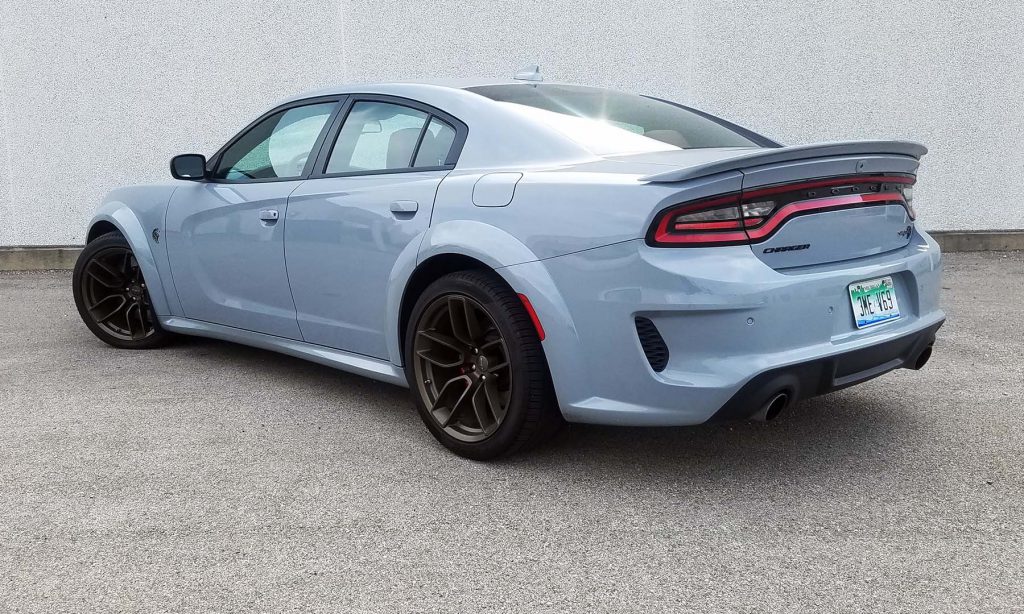
The Dodge Charger gets yet another horsepower infusion for 2021 in the form of the Hellcat Redeye Widebody model. The engine is plucked from the Charger’s Challenger coupe sibling, which added a Redeye trim level for 2019. Unlike the Challenger, the Charger Hellcat Redeye comes standard with the Widebody fender flares.
Introduced on the 2019 Challenger coupe, the Redeye package is extended to the Charger large sedan for 2021. It’s no surprise, considering that the two platform siblings have been wearing each other’s clothes during much of their long existence. Dodge claims this makes the Charger Hellcat Redeye the most powerful and fastest mass-produced sedan the world—“fastest” defined by a claimed top speed of 203 mph and “mass-produced” seemingly what sliver of the tens of thousands of ’21 Chargers will be Redeyes. (Calendar-year sales of Chargers from 2018 through 2020 averaged 84,862 according to figures reported in Automotive News.)
Test Drive: Dodge Challenger SRT Hellcat Redeye
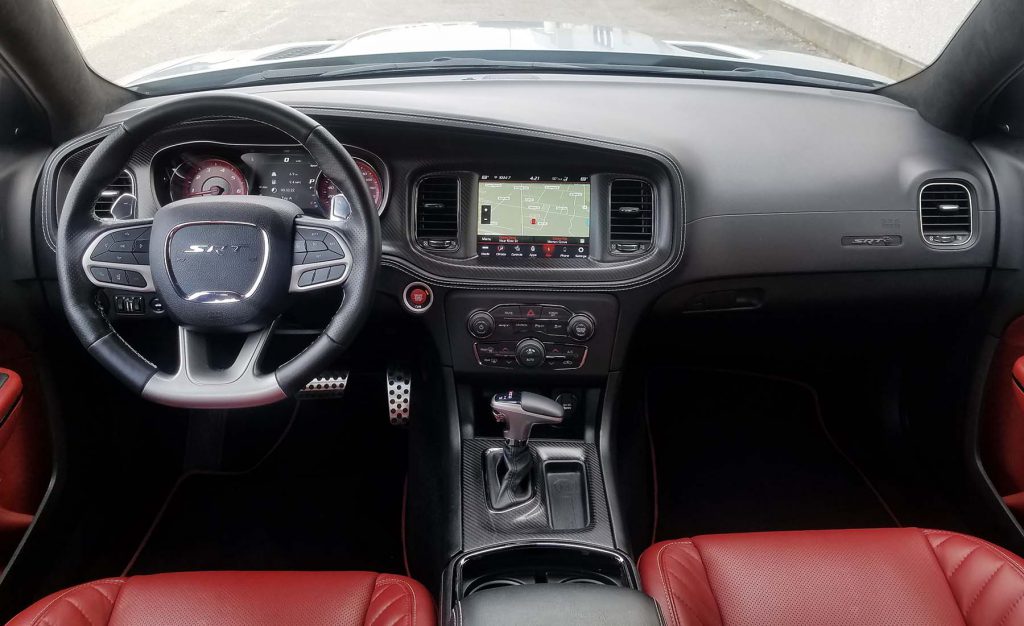
You won’t mistake it for a BMW or a Mercedes-Benz, but a good selection of upscale trim touches and comfort/convenience features give the Charger Hellcat Redeye an appealing luxury-sport ambiance.
The Redeye—with a starting price of $82,190 that includes delivery and Gas Guzzler Tax—is effectively created out of an $8600 package added to the Hellcat Widebody. In addition to the 80 extra horsepower, Redeyes incorporate the SRT Power Chiller (it diverts air-conditioning refrigerant from the cabin to a chiller unit linked to the supercharger heat exchangers), a 220-mph speedometer with red-tinged graphics, Redeye-specific identification inside and out, and satin-black “Dodge” and “Charger” badges on the decklid.
First Spin: Dodge Challenger SRT Hellcat Redeye and Dodge Challenger R/T Scat Pack

The UConnect 4C infotainment system has a 8.4-inch touchscreen. “SRT Performance Pages” displays enable dialing in specific drive-mode and launch-control settings, and include helpful readouts for high-performance driving.
The gap in horsepower is what it is because the non-Redeye ’21 Hellcat gets a boost of 10 steeds to the 717 first made available for the limited-edition 2020 Charger Daytona Fiftieth Anniversary Edition. All Hellcats come with the Widebody 3.5-inch fender flares that clear room for 20×11-inch wheels in a number of available styles shod with 305/35ZR20 Pirelli P-Zero performance tires. Both ’Cats feature a newly designed performance hood with a functional induction scoop and dual heat-extraction vents.
Performance Madness! 10 Classic Muscle Car Ads
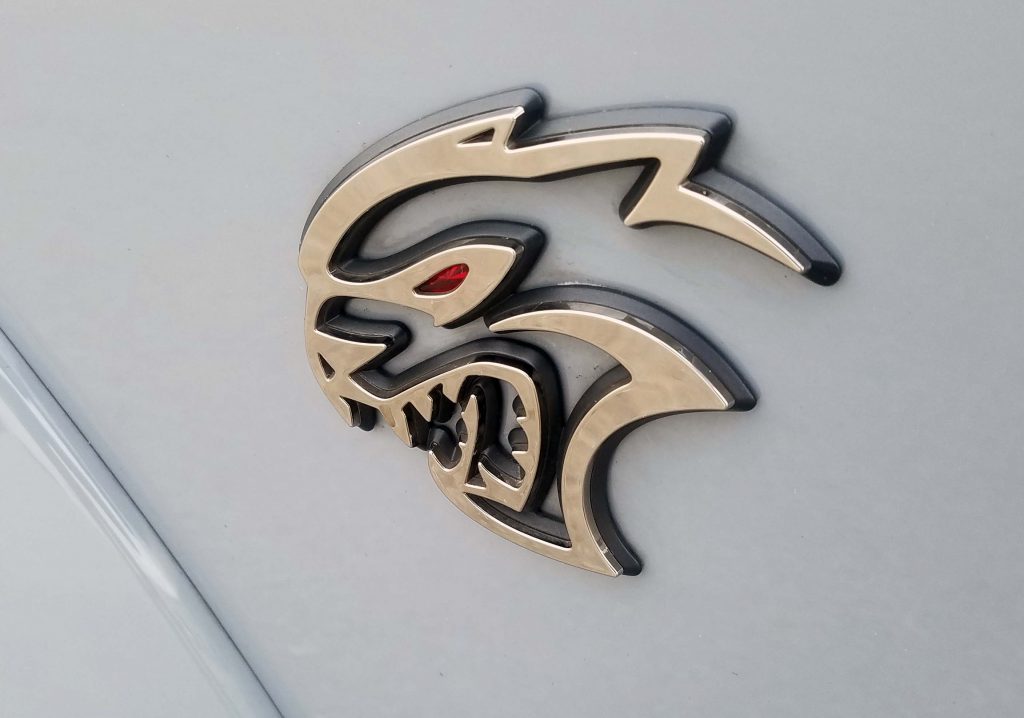
Appropriately enough, the Charger Hellcat Redeye’s snarling-cat fender badges have a red eye to let sharp-eyed viewers know there’s 797 hp under the hood.
With 707 lb-ft of torque at 4500 rpm, the Charger Redeye sloughs off its nearly 4600-pound curb weight for instant, rumbly action. Launch Control to manage tire slip, Launch Assist to tamp down wheel hop, and Line Lock to brake the front wheels while the rears are free to do a tire-heating burnout are included for the benefit of drivers thinking of drag racing the family car. (Dodge cites 0-to-60-mph acceleration of 3.6 seconds and quarter-mile capability of 10.6 seconds.) The transmission is an 8-speed automatic with quick-responding paddle shifters.
In overall look and layout, the 2021 Charger is much the same as it has been since the nameplate’s last freshening for 2015. Adding the Redeye is just the latest trick Dodge has pulled from its bag full of them to keep the big fellow on enthusiasts’ radar.
First Spin: 2020 Ford Mustang Shelby GT500
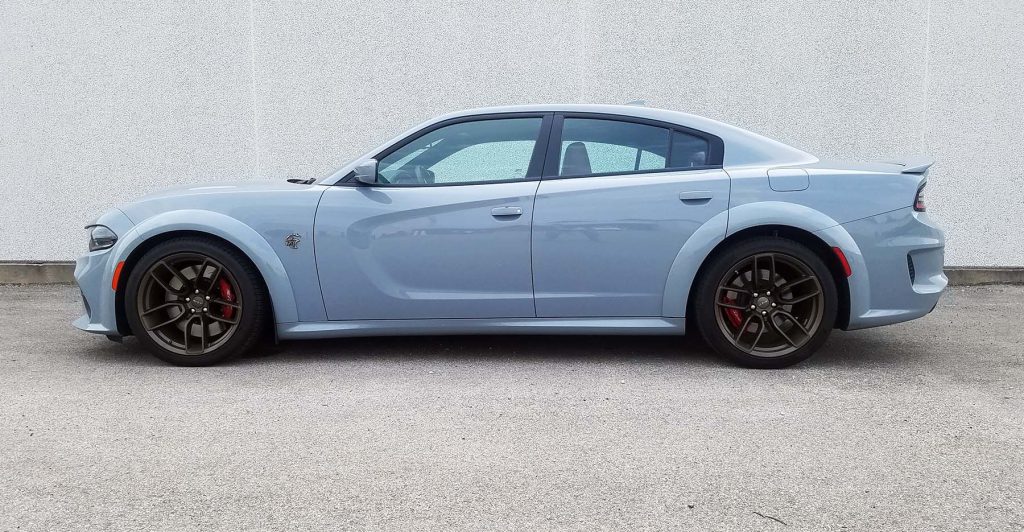
It’s a predictable formula, but it appears to be working for Dodge: Throw more horsepower at it, and give it big, meaty tires and brawny-looking fender flares. The basic Dodge Charger platform is quite long in the tooth, but it continues to deliver one-of-a-kind muscle-car attitude and, in top-line Hellcat Redeye trim, truly blistering performance.
Check out the Consumer Guide Car Stuff Podcast
2021 Dodge Charger SRT Hellcat Redeye Gallery
(Click below for enlarged images)
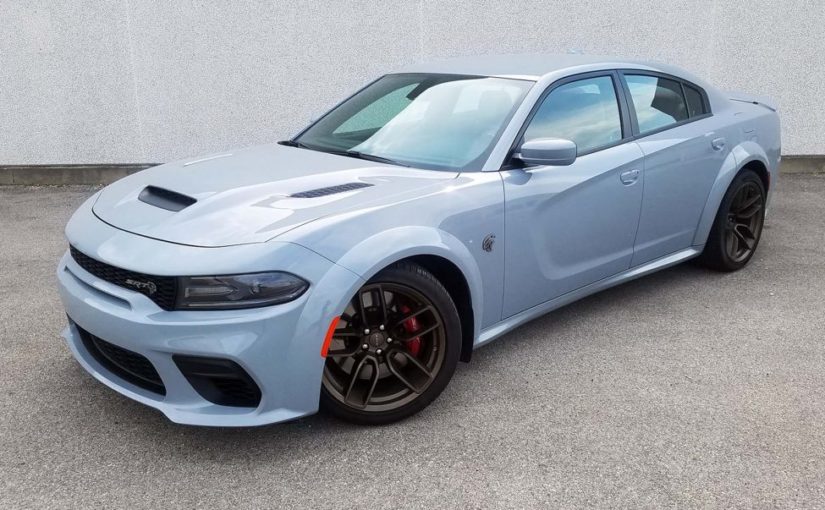

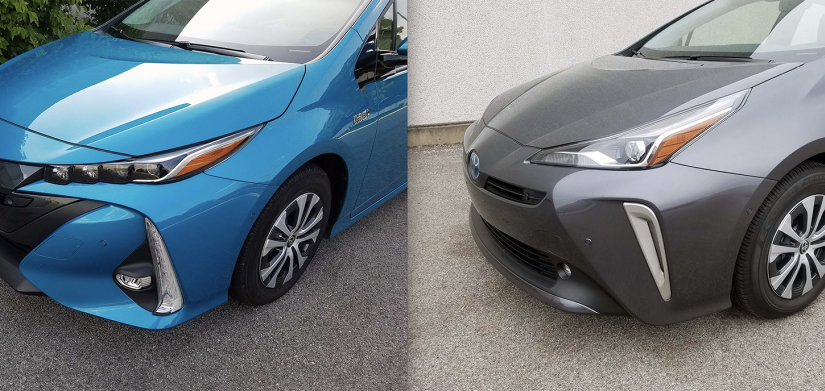
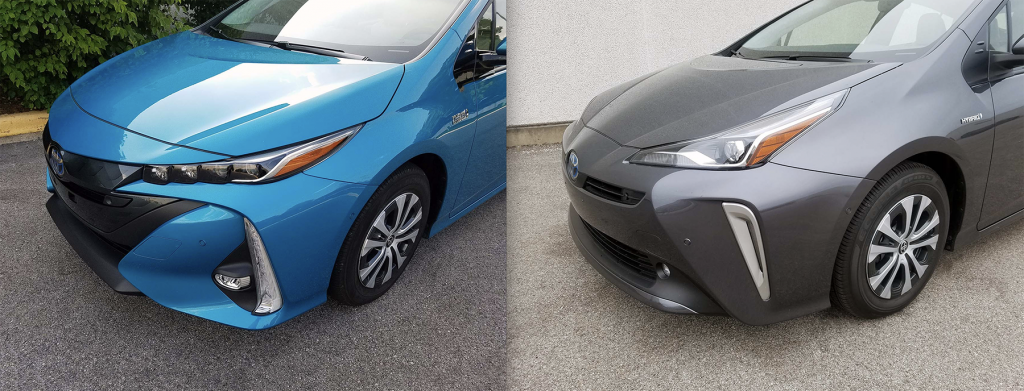
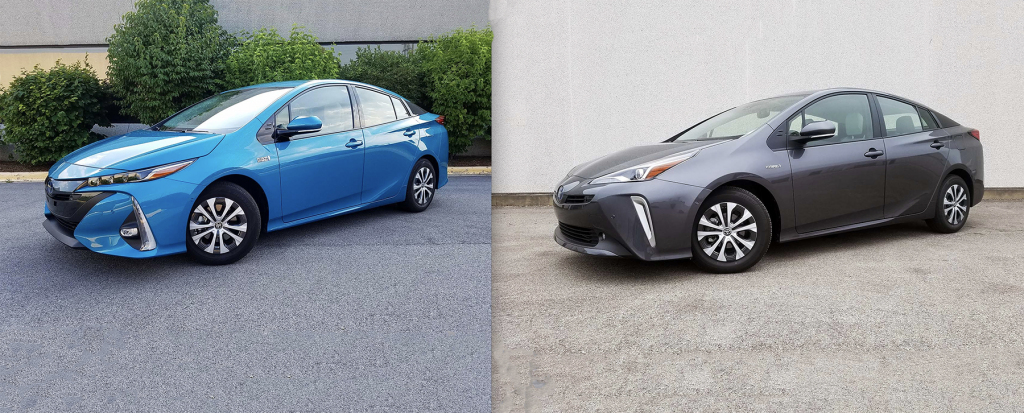
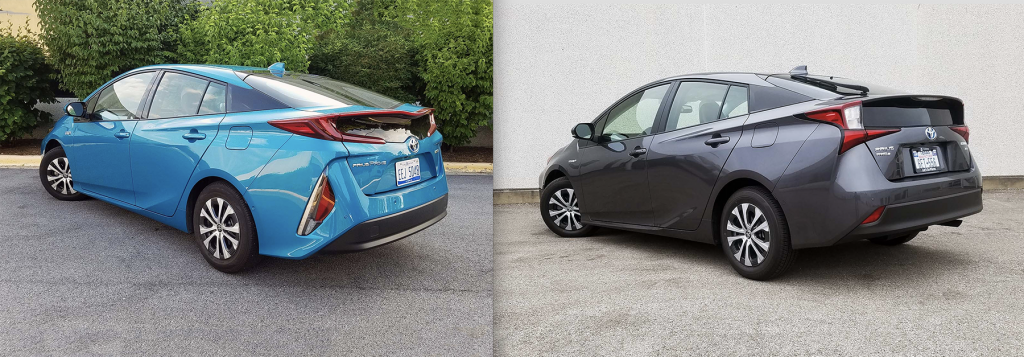
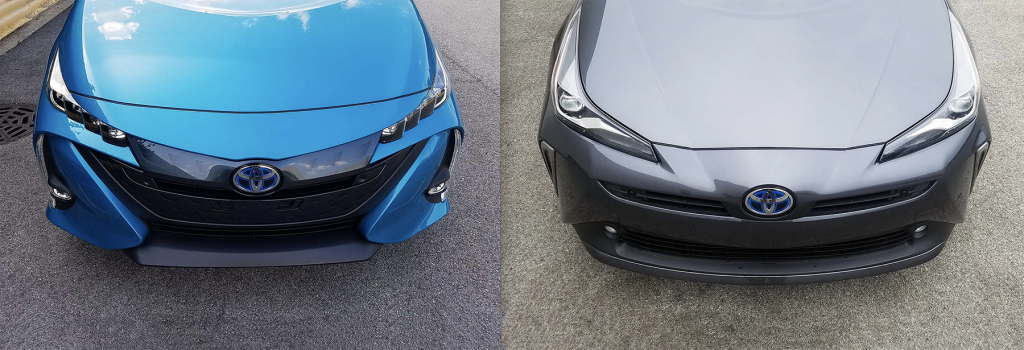
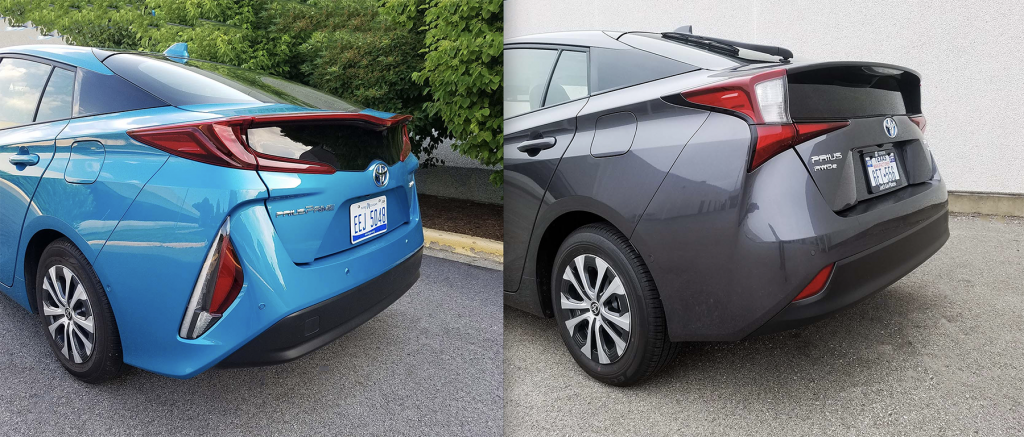
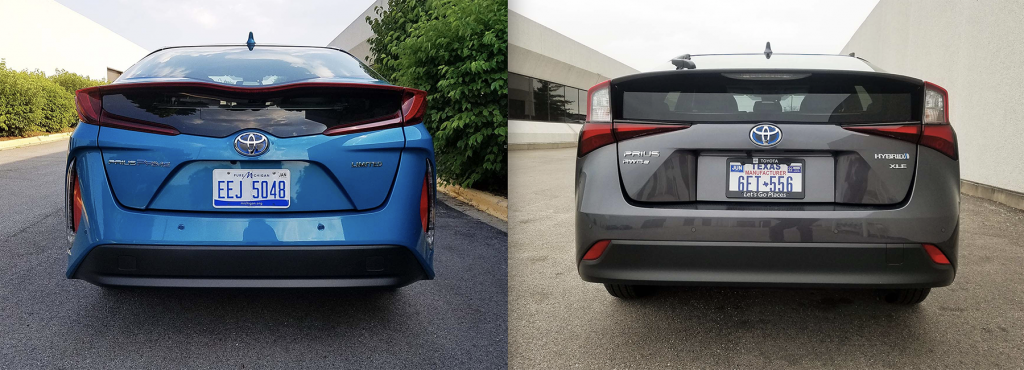
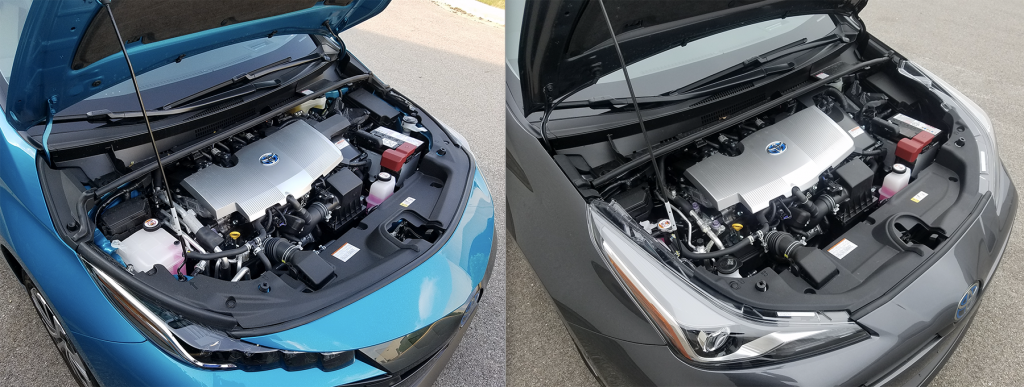
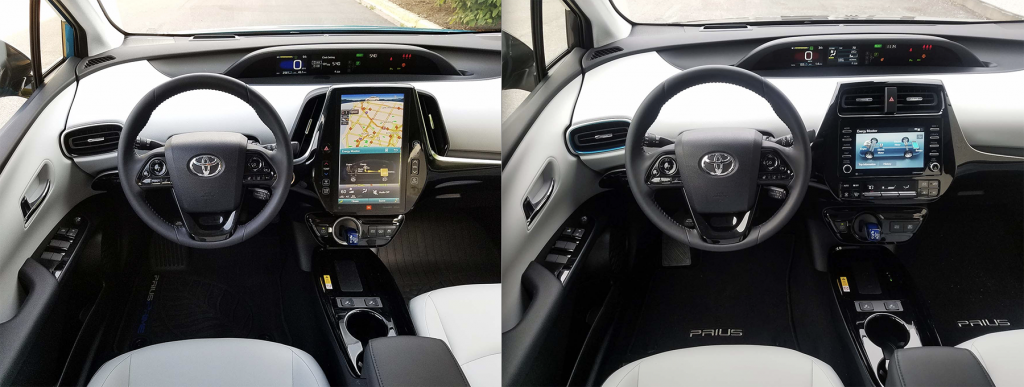
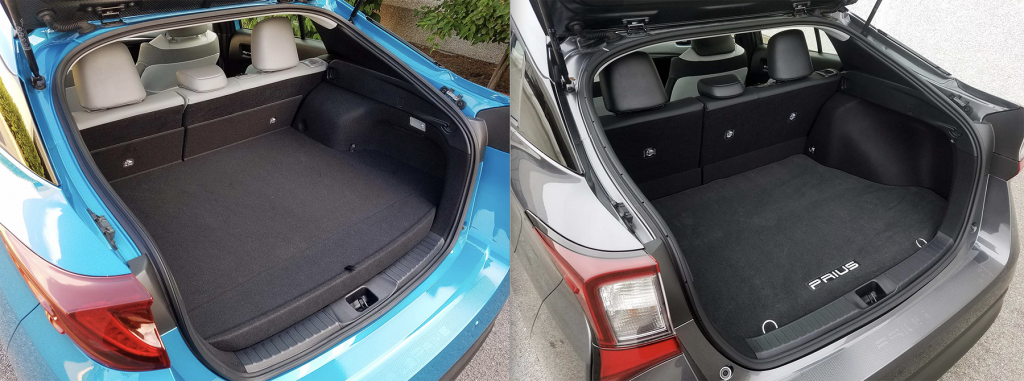
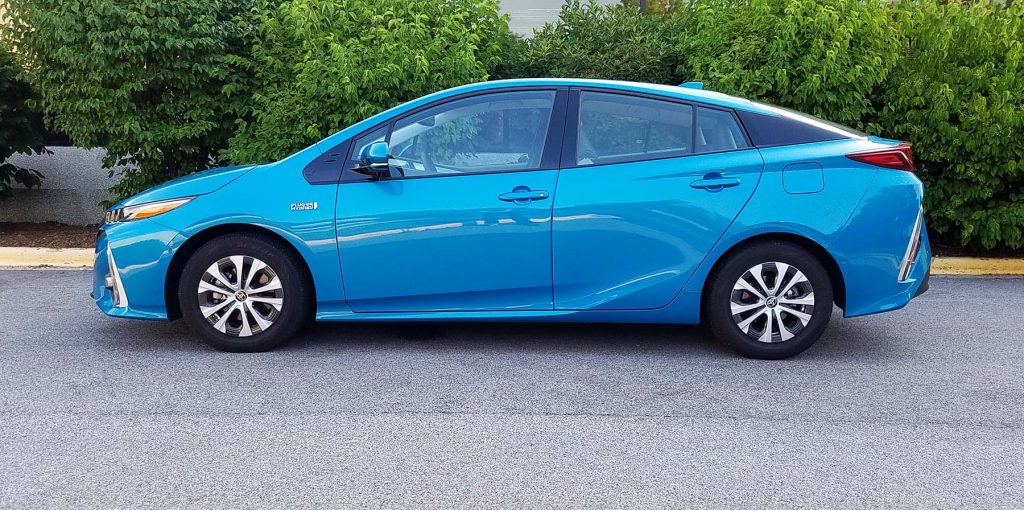
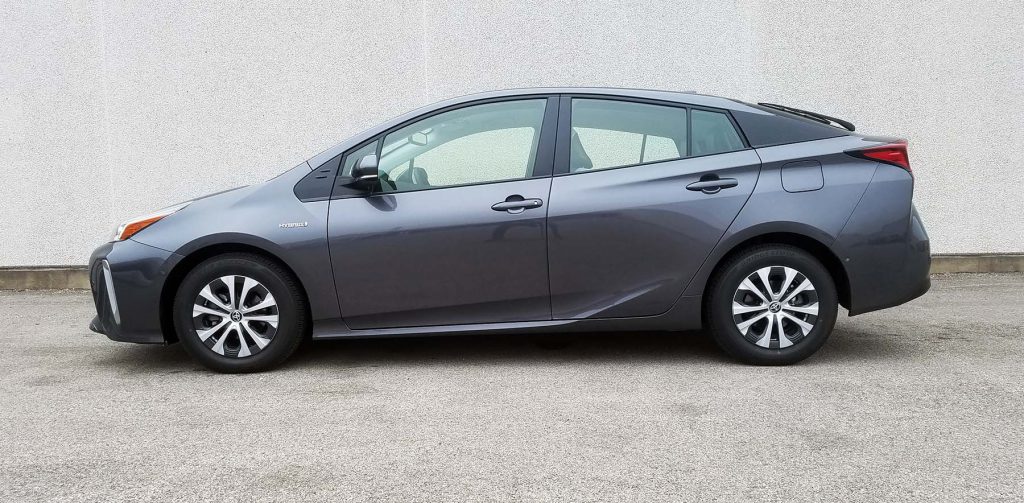
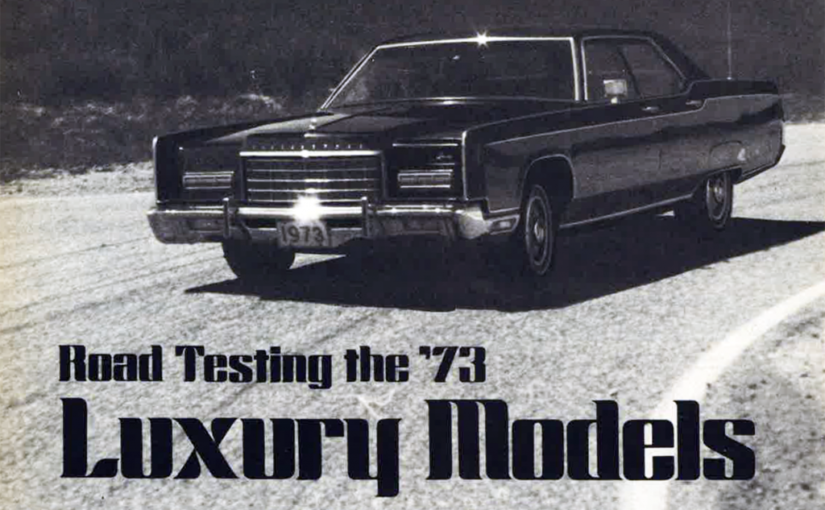
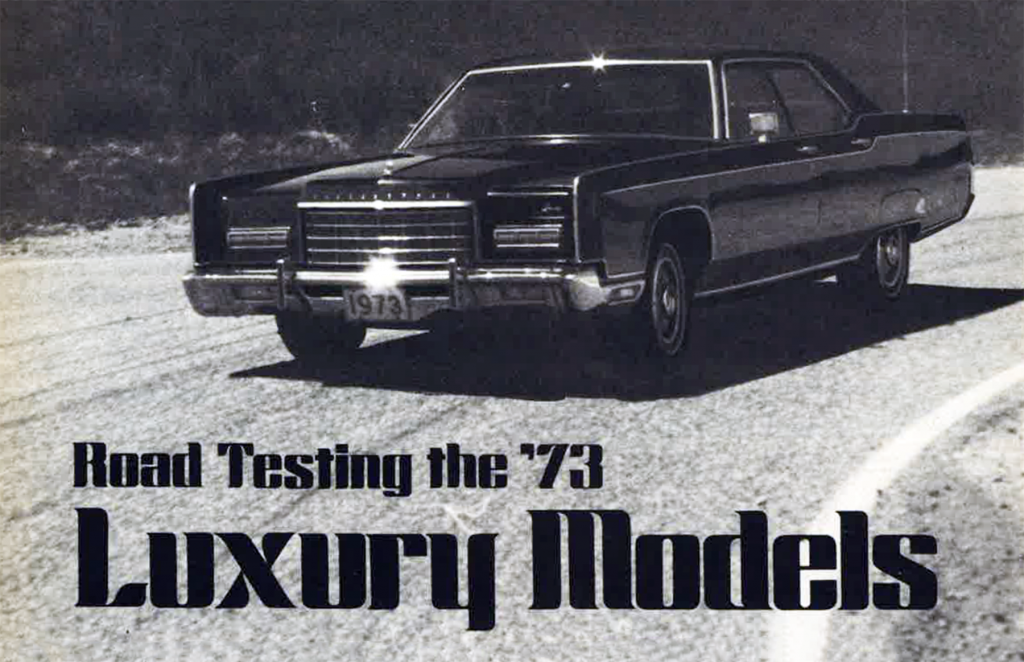
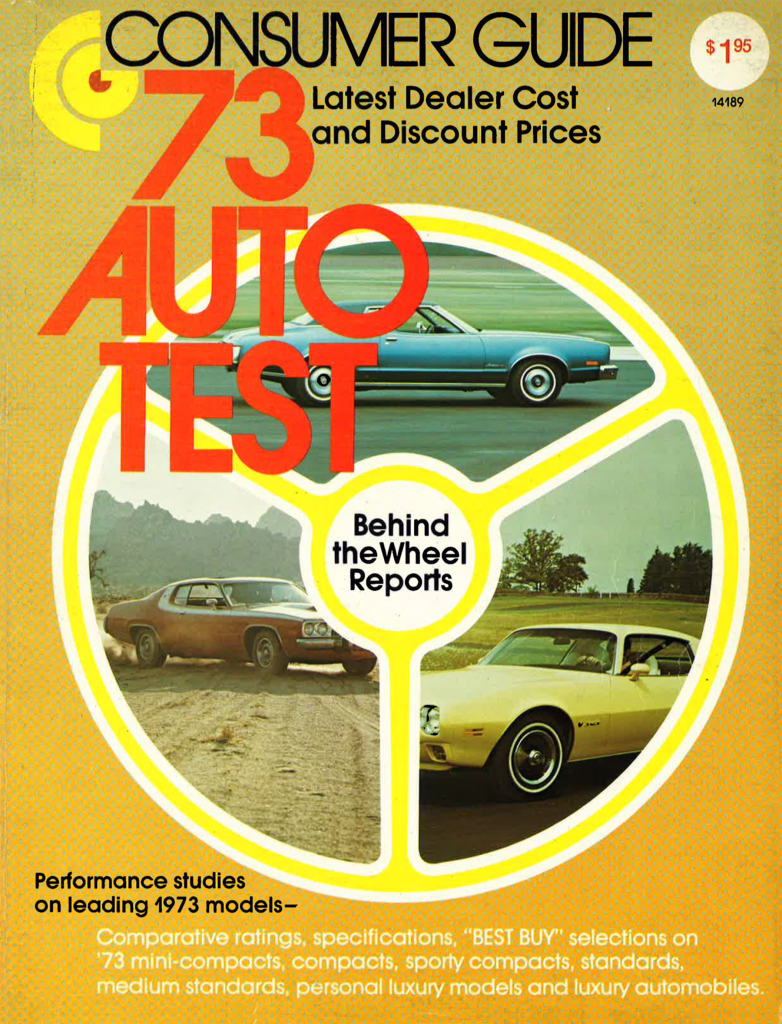
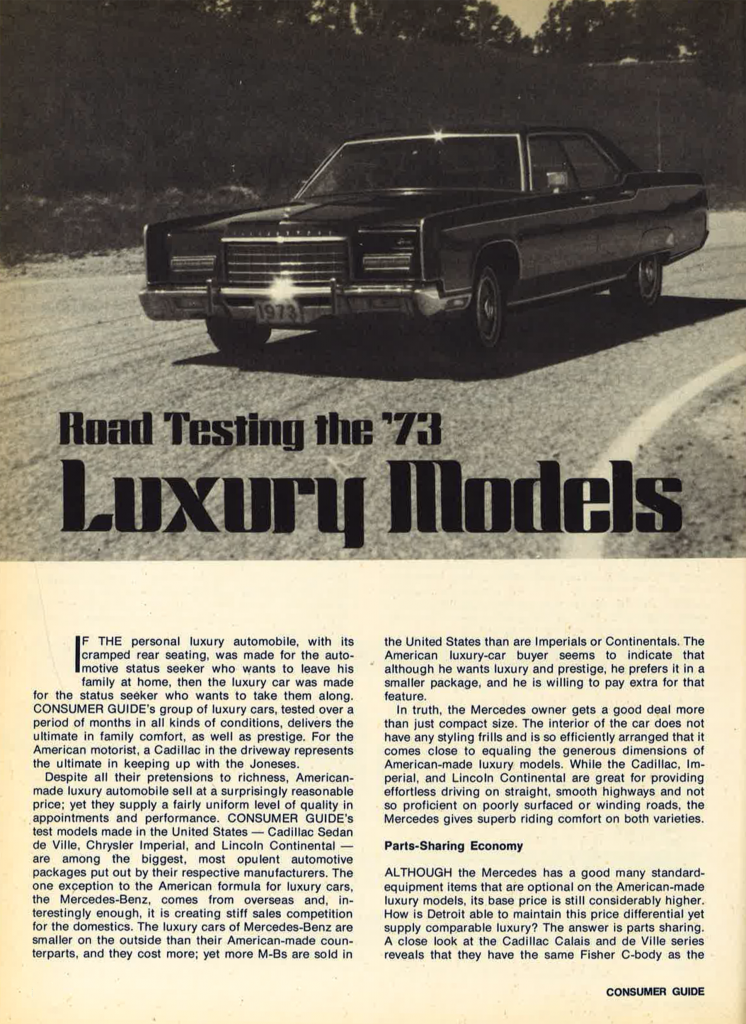
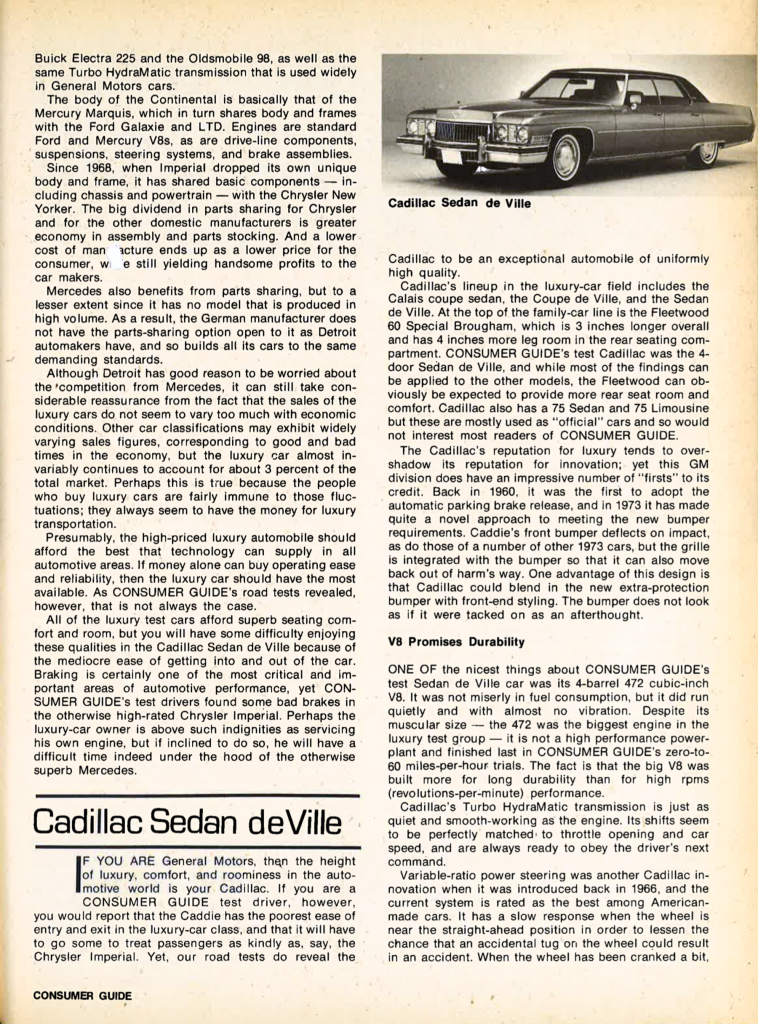
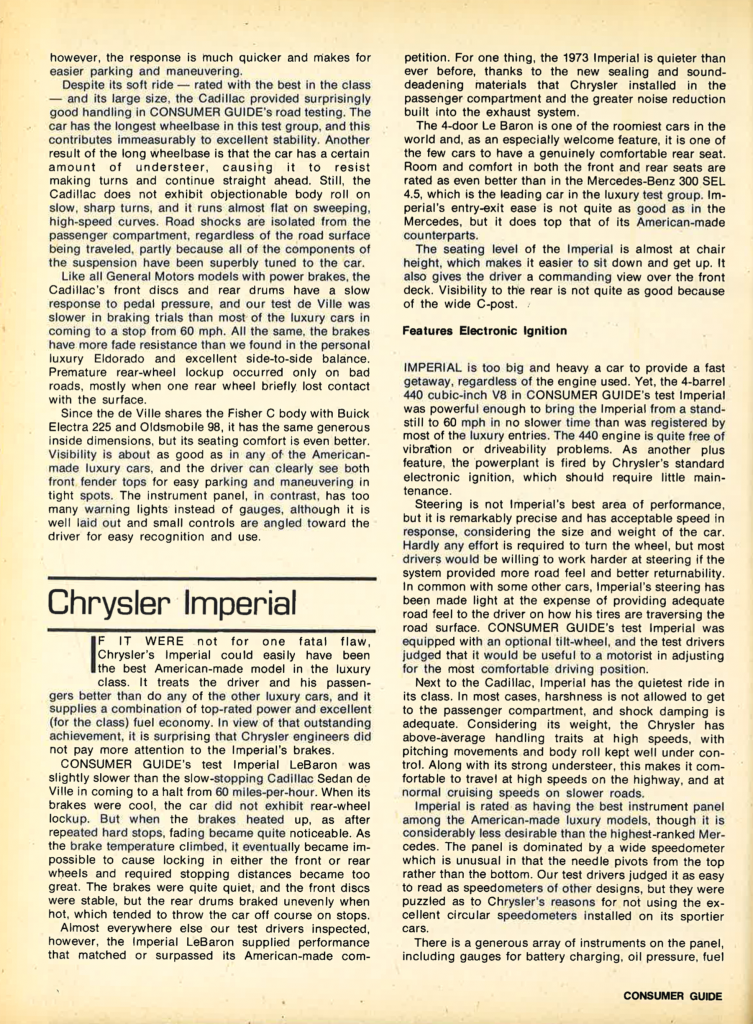
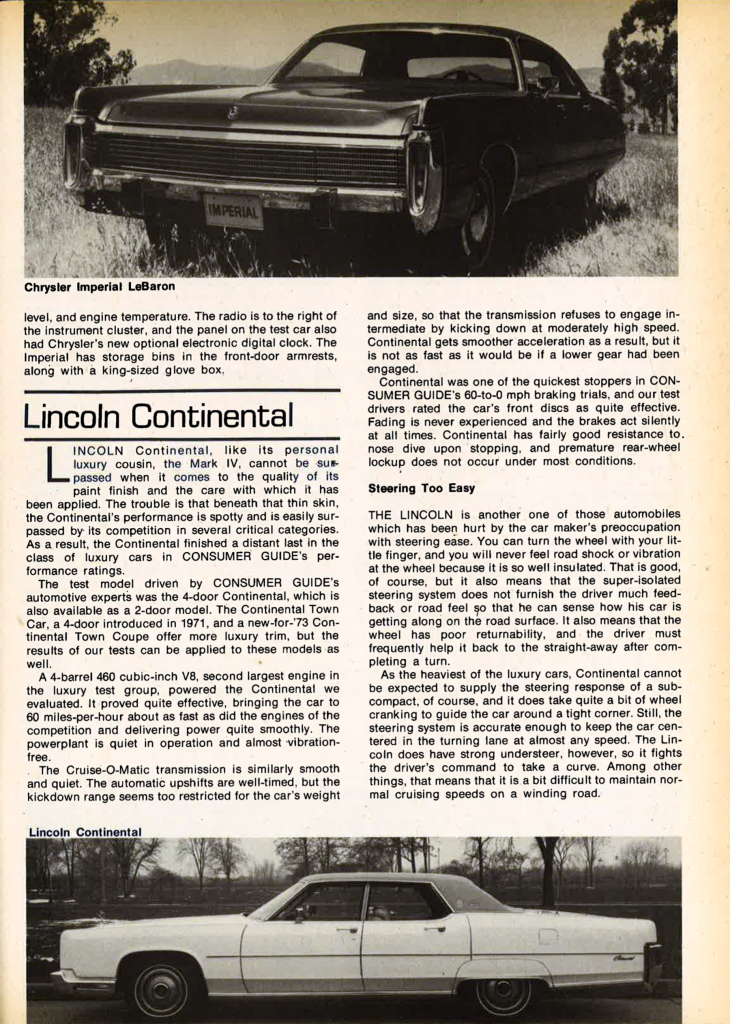
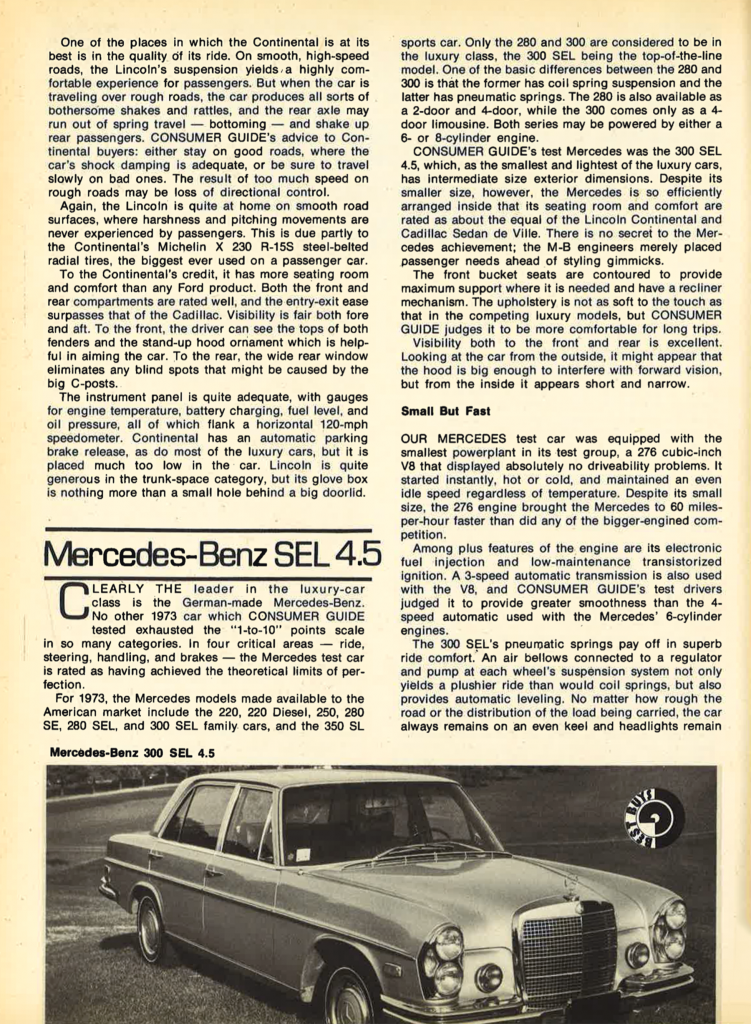
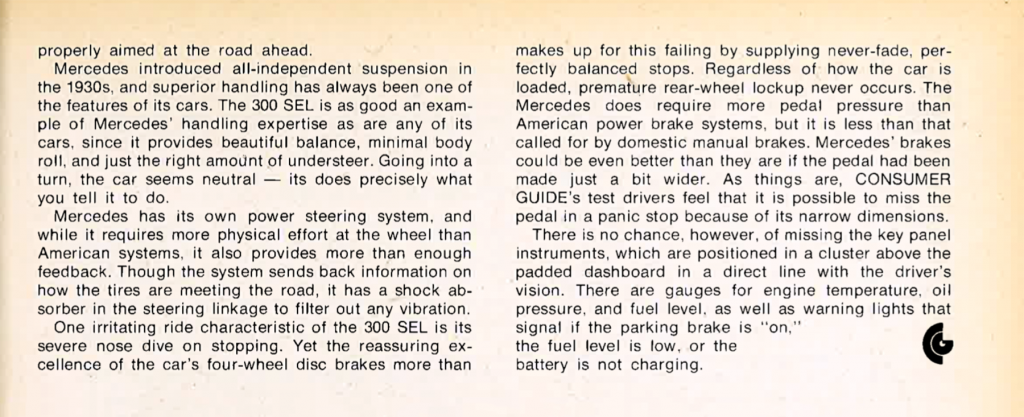
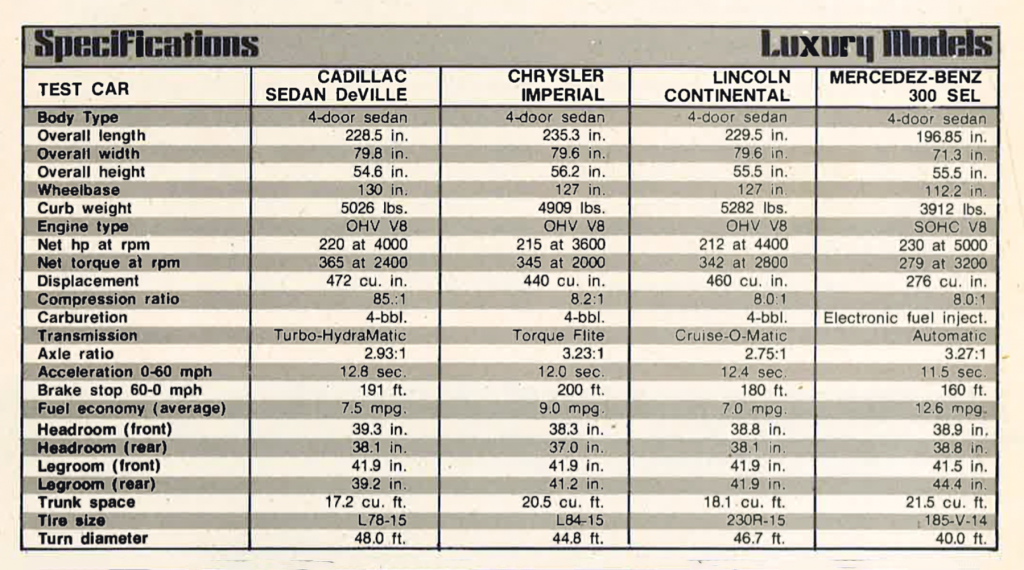
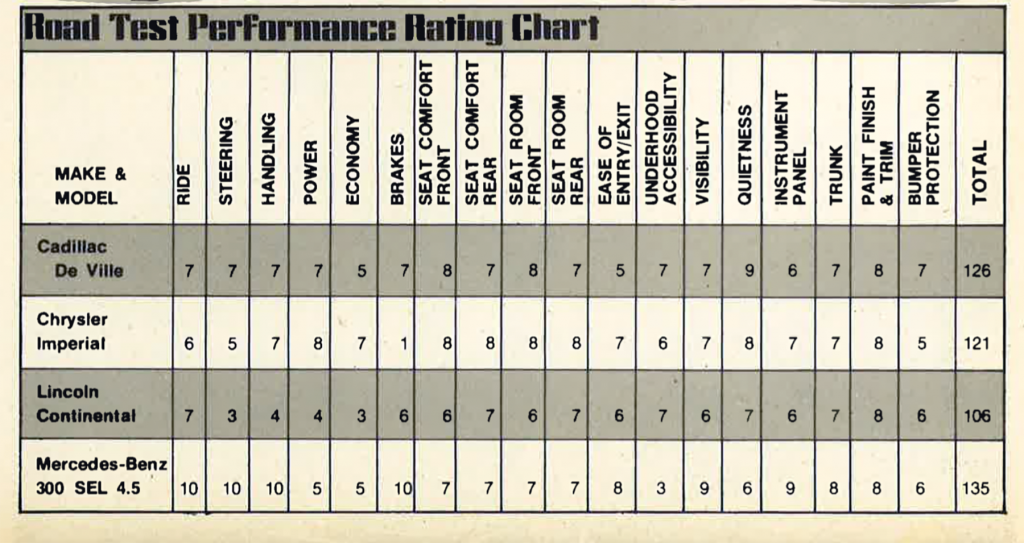
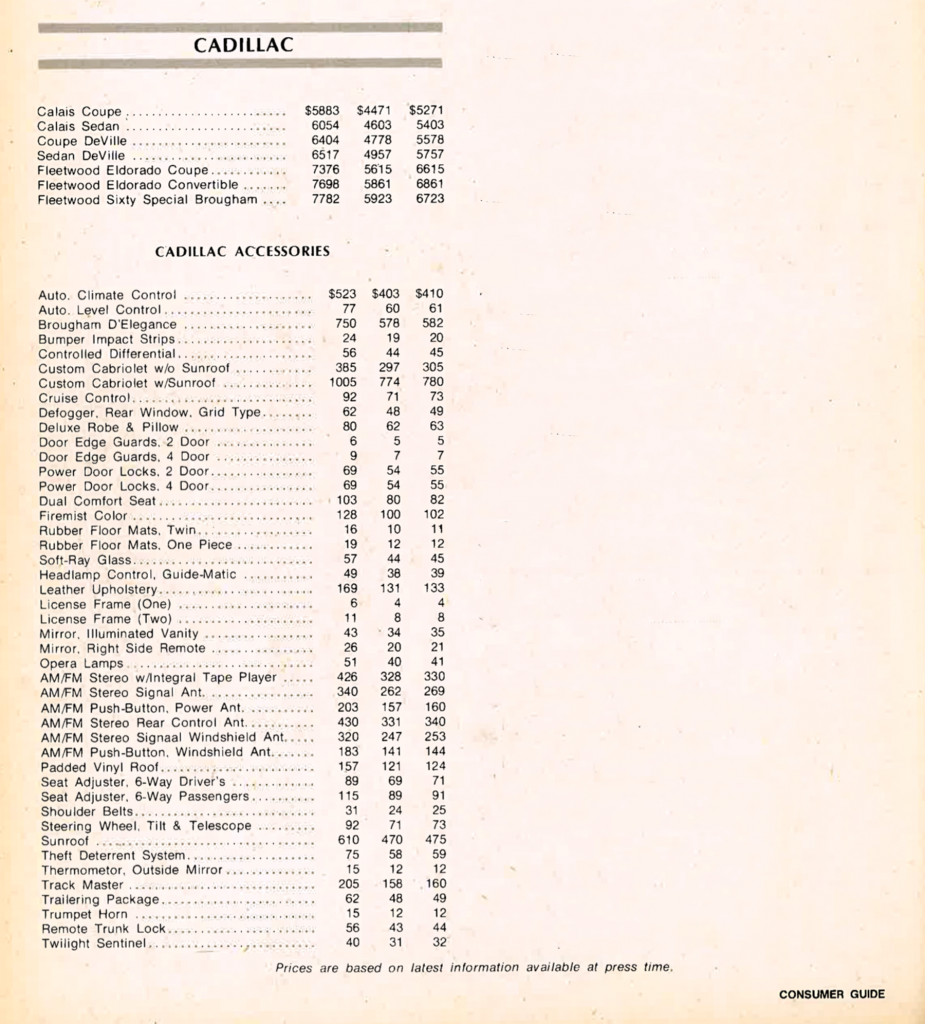

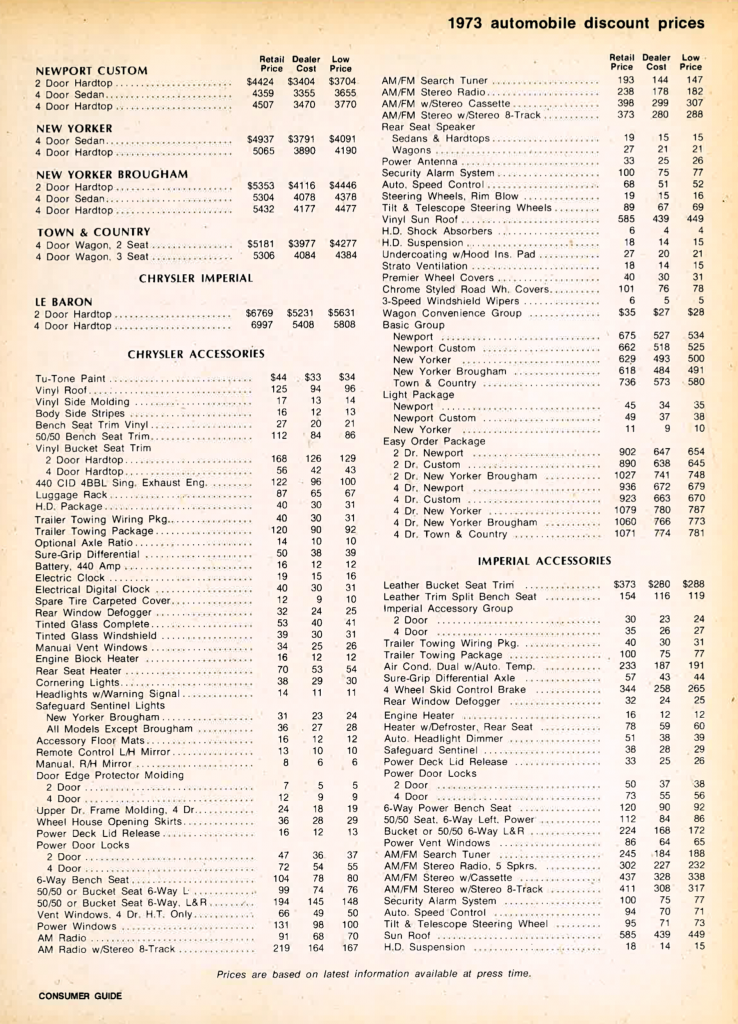
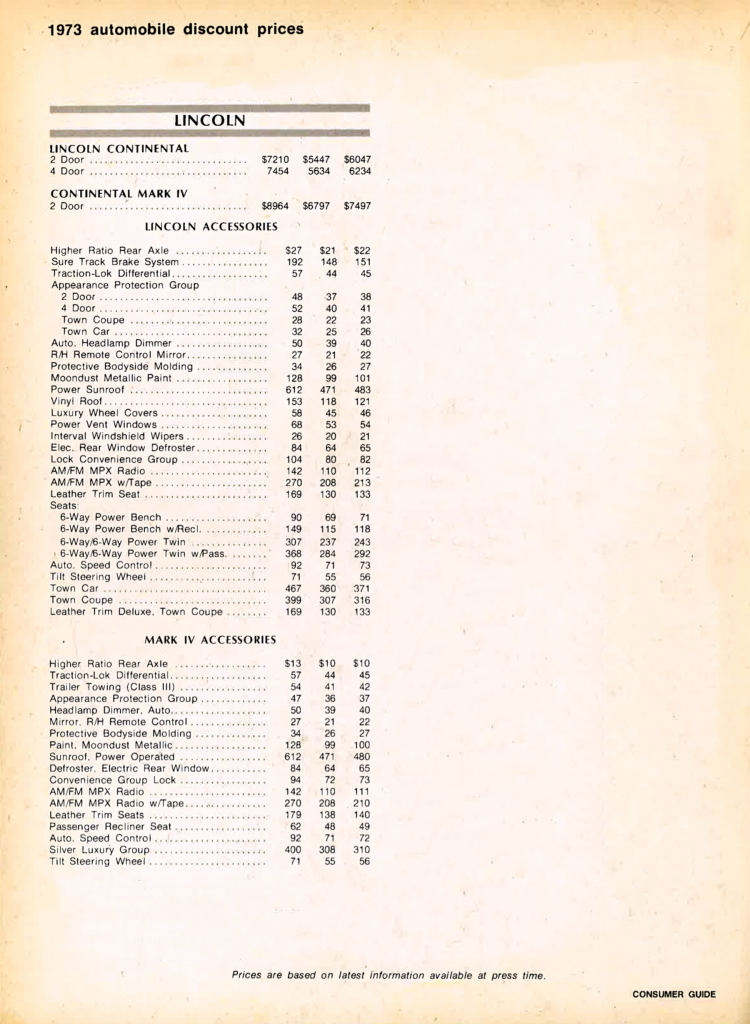

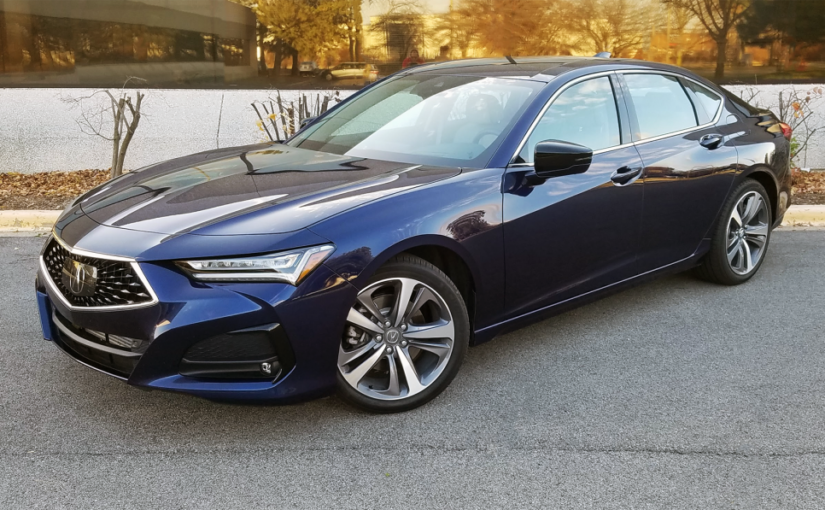
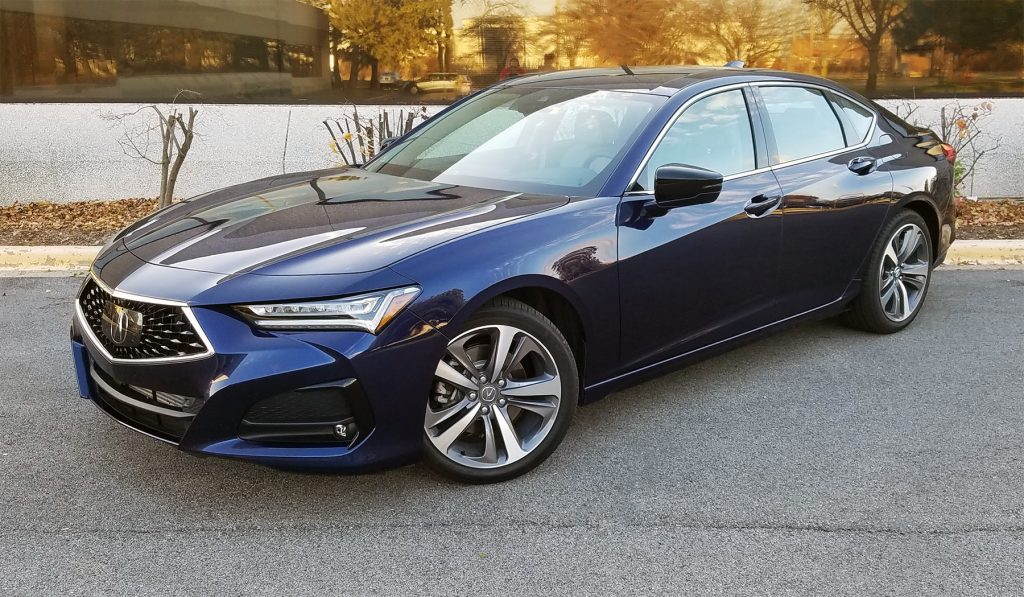

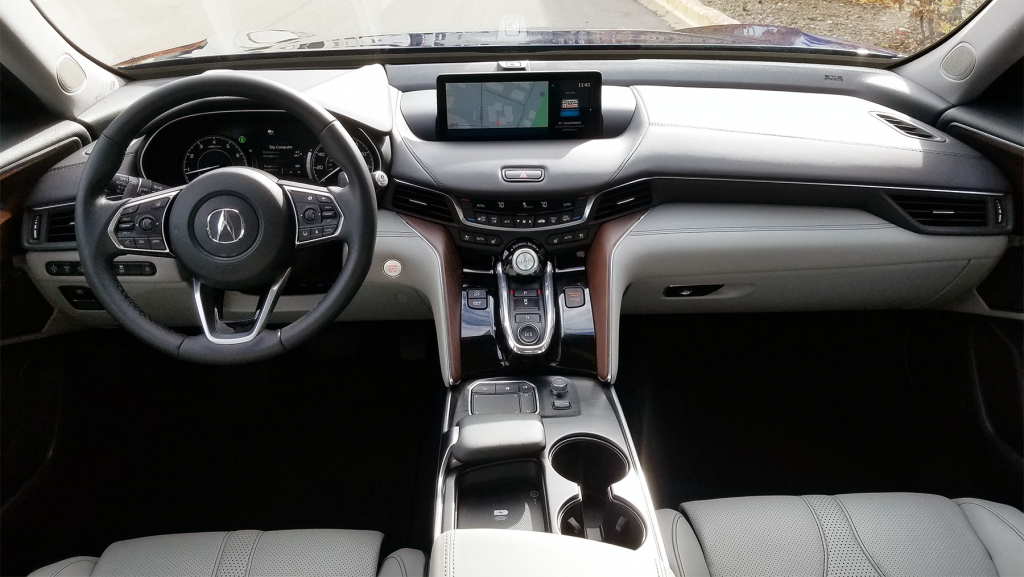
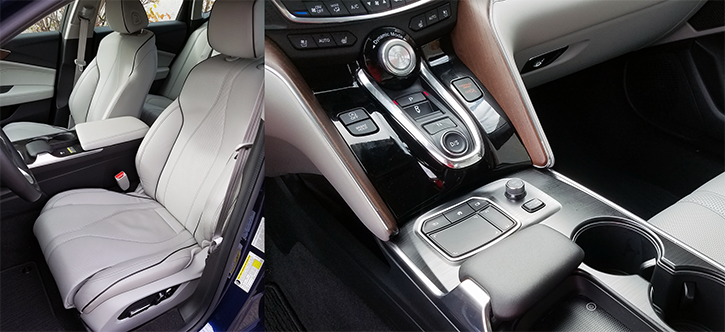
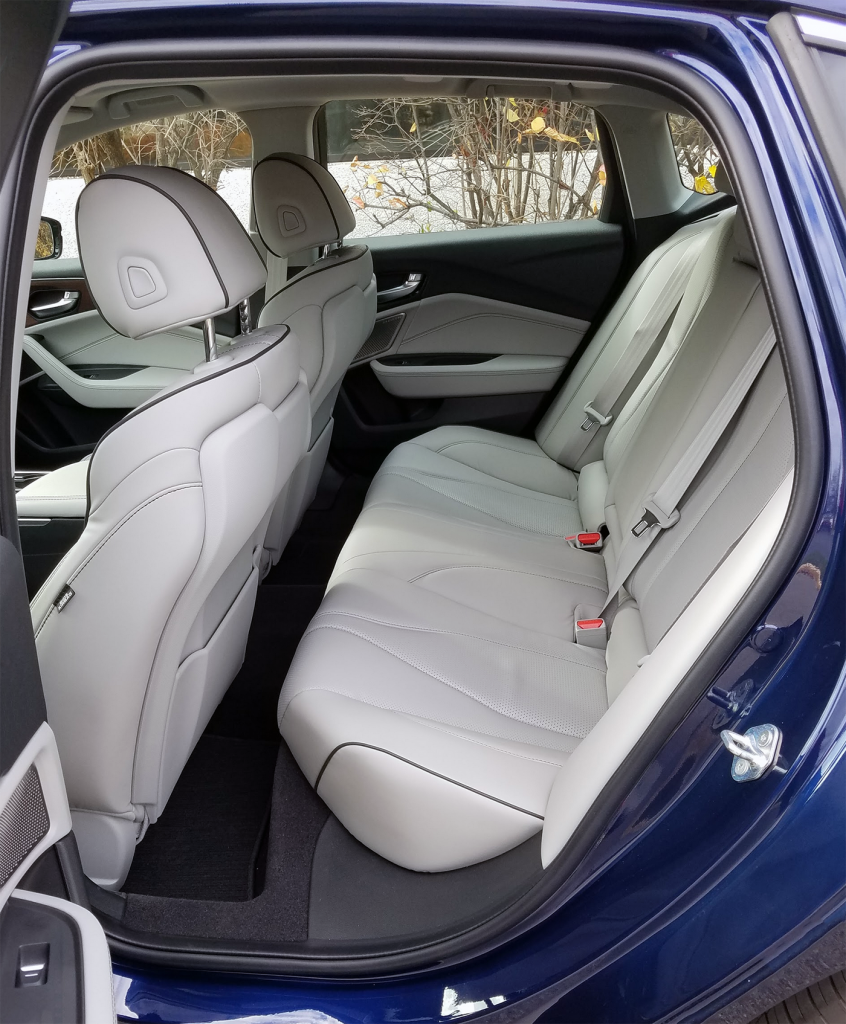
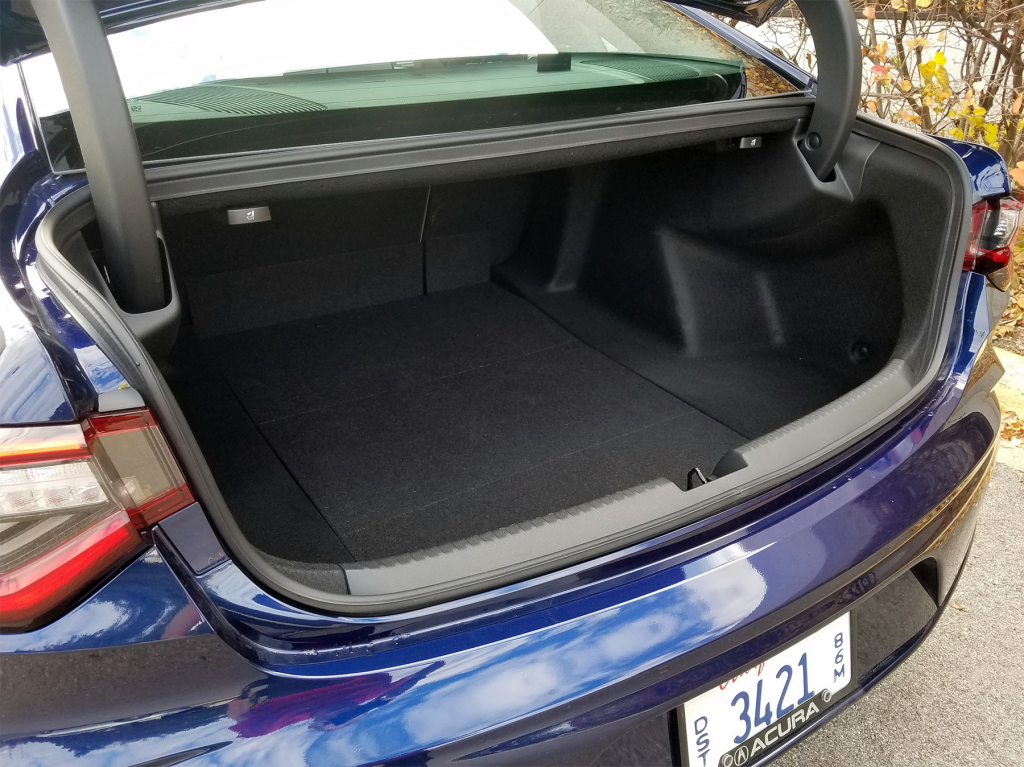
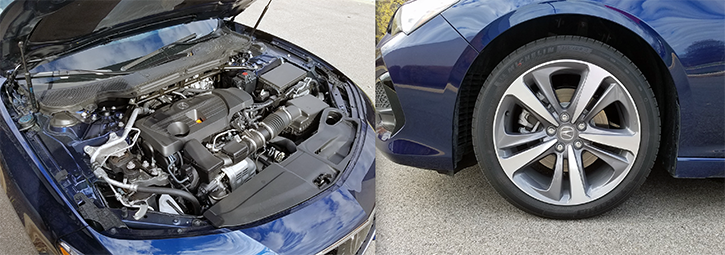
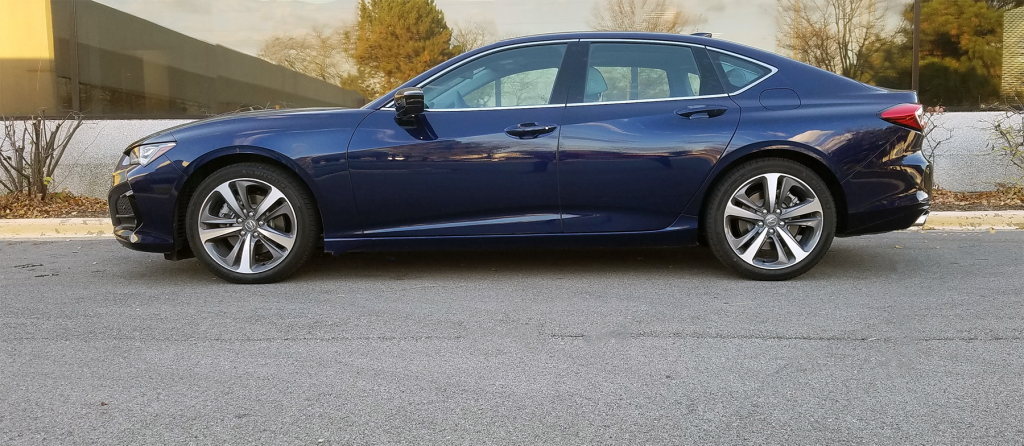






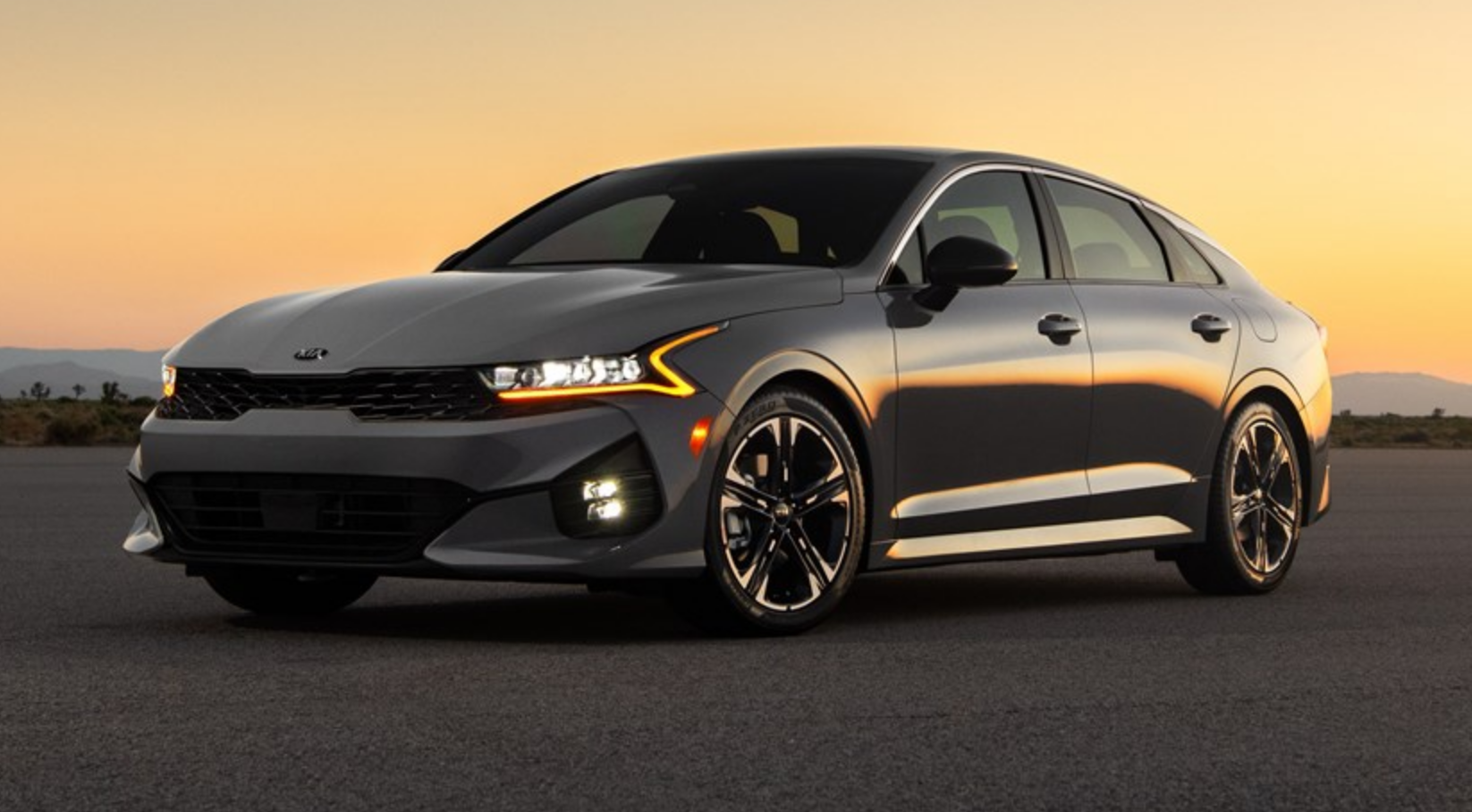
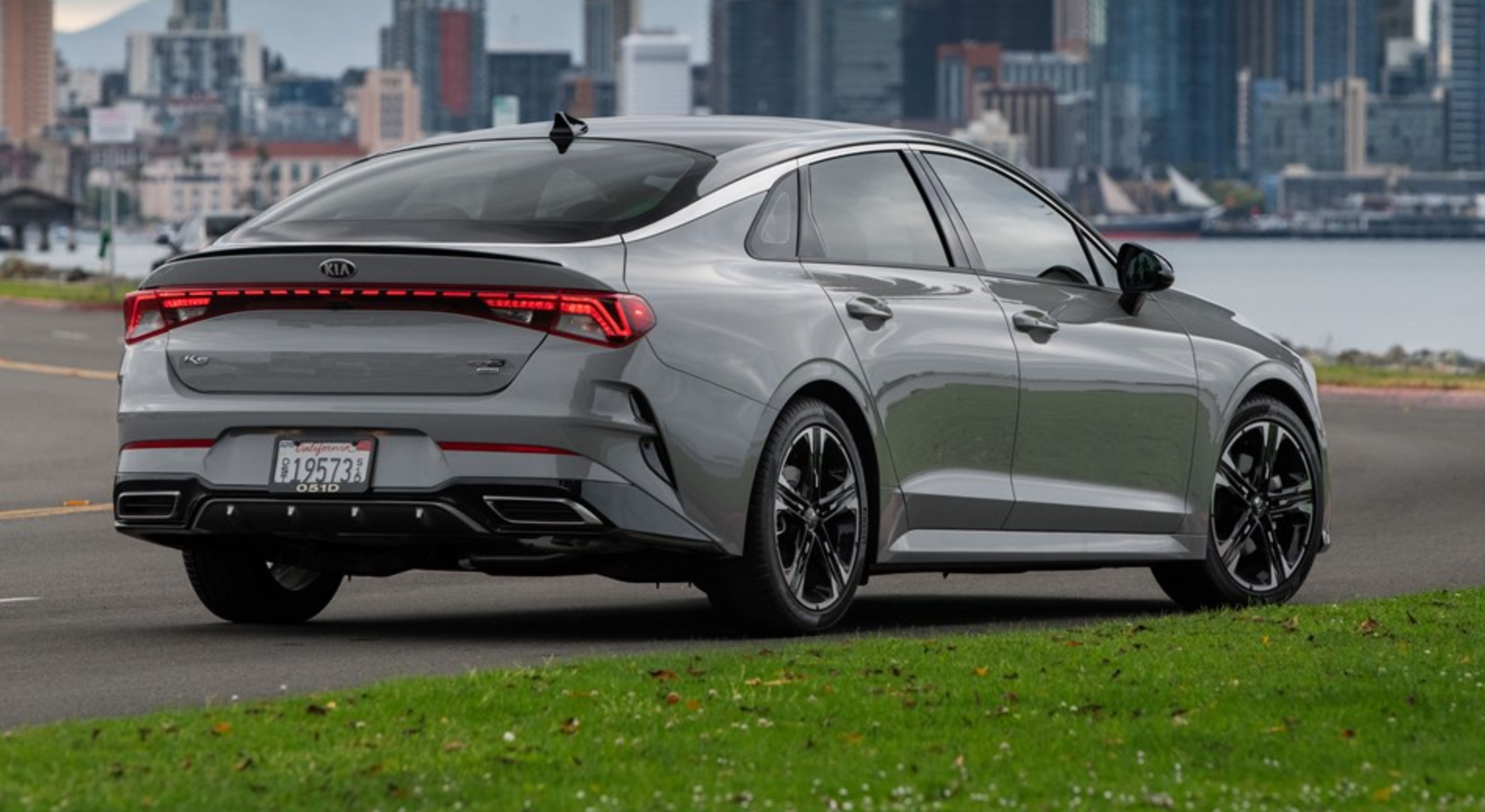
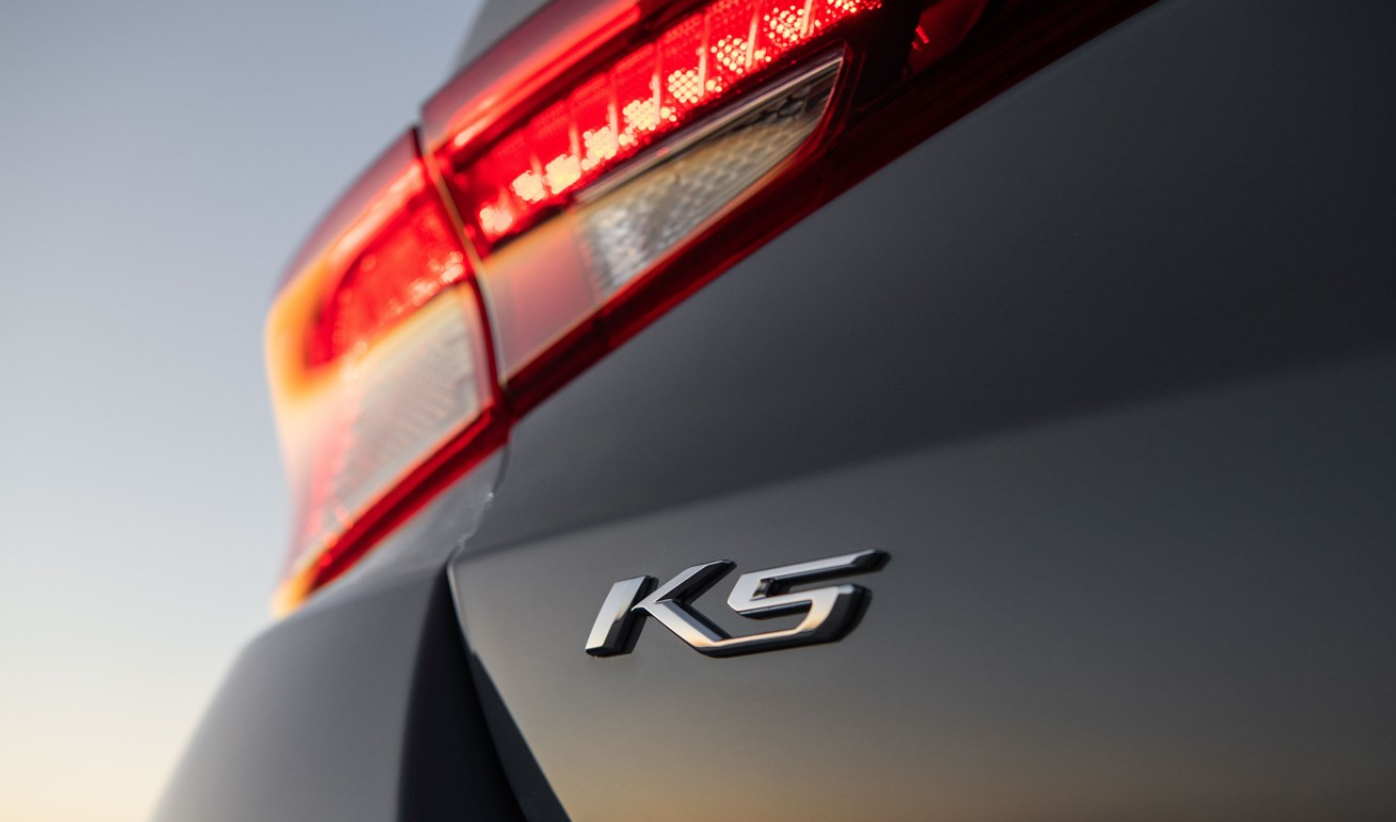 The base engine, which comes in LX, LXS, GT-Line, and EX models, is a turbo 1.6-liter 4-cylinder that makes 180 horsepower and is paired with an 8-speed automatic transmission. Optional on LXS and GT-Line is all-wheel drive in place of the standard front-wheel drive. The AWD system (the first offered in Kia’s midsize sedan) comes with a snow mode for better all-weather performance.
The base engine, which comes in LX, LXS, GT-Line, and EX models, is a turbo 1.6-liter 4-cylinder that makes 180 horsepower and is paired with an 8-speed automatic transmission. Optional on LXS and GT-Line is all-wheel drive in place of the standard front-wheel drive. The AWD system (the first offered in Kia’s midsize sedan) comes with a snow mode for better all-weather performance.